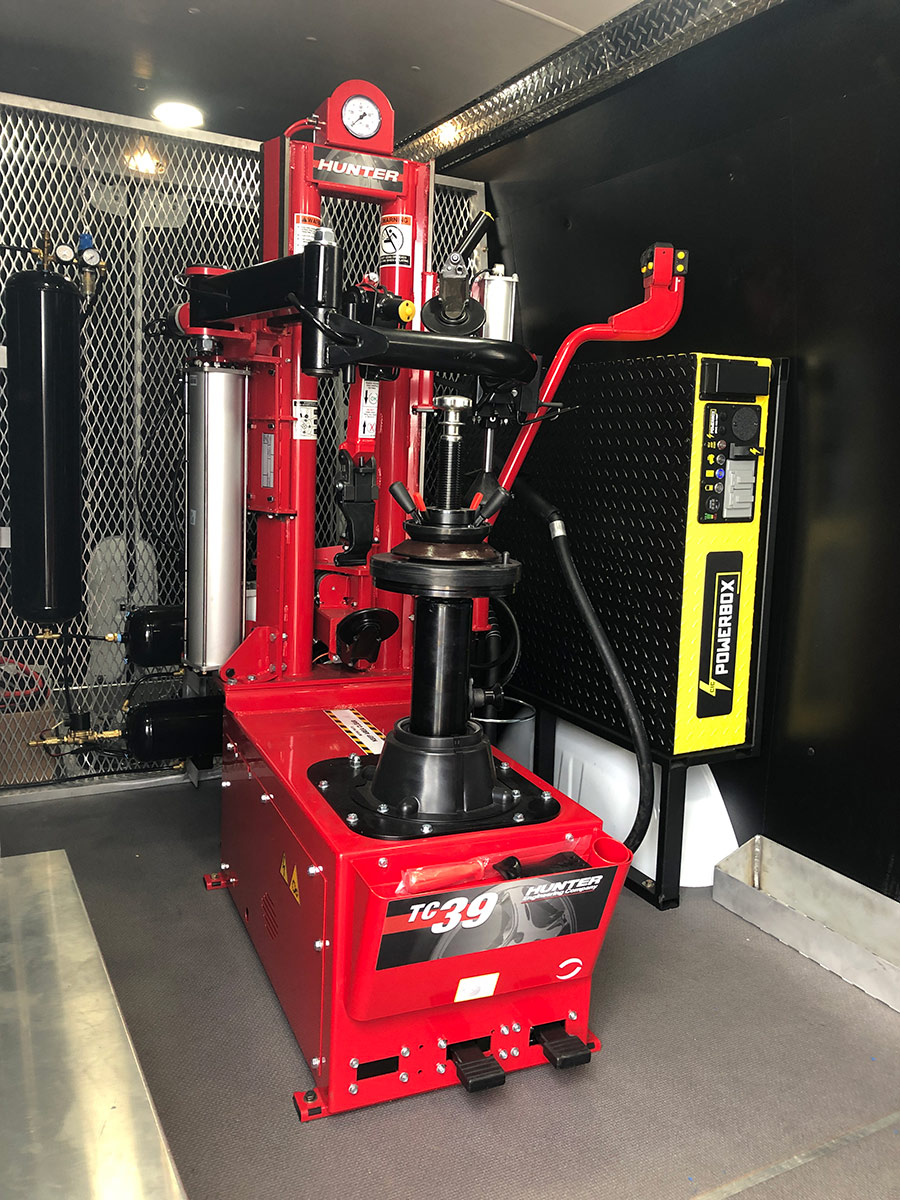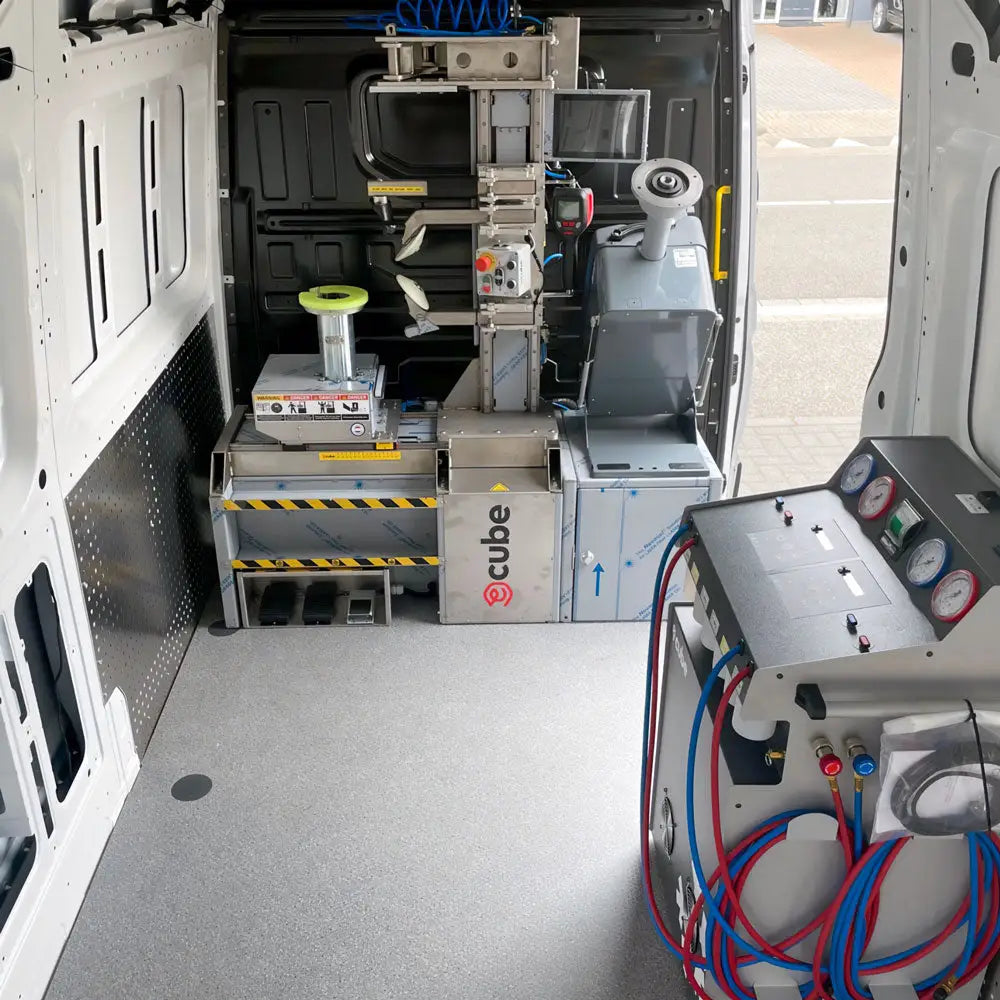Tire Service: Proven Techniques for Optimal Tire Upkeep and Treatment
From making sure correct tire stress to normal rotation and placement, there are proven methods that can significantly prolong the life expectancy of your tires and boost general driving experience. Allow's dig right into the world of tire solution and uncover the secrets to keeping your tires in first-class shape for the lengthy haul - Mobile Tire Replacement Las Vegas.
Relevance of Tire Pressure
Appropriate tire pressure is a critical aspect in ensuring optimal lorry efficiency and safety and security on the roadway. Keeping the suggested tire stress levels offered by the supplier uses numerous benefits. Adequate tire pressure advertises better fuel performance, as under-inflated tires can lead to increased rolling resistance, triggering the engine to work harder and eat even more fuel. Right tire stress makes certain even walk wear, boosting tire long life and conserving cash in the long run by delaying the demand for early replacements. In addition, correctly inflated tires contribute to boosted handling and braking capacities, vital for risk-free driving in numerous road problems. Over-inflated tires, on the various other hand, can result in reduced grip and a harsher ride. Conversely, under-inflated tires are susceptible to overheating, which can lead to blowouts and crashes. Consistently examining and adjusting tire stress, particularly soon trips, is a straightforward yet effective method to improve car efficiency, prolong tire life expectancy, and prioritize safety when driving.
Tire Turning Guidelines
When thinking about tire rotation guidelines, it is necessary to comprehend the relevance of this maintenance task in maximizing tire lifespan and maintaining optimum lorry efficiency. Tire rotation involves changing the setting of each tire on a lorry to make sure even tread wear. Front tires often tend to wear much more quickly than back tires because of steering pressures, making normal turning critical for well balanced wear patterns. The suggested turning pattern differs relying on whether a car is front-wheel, rear-wheel, all-wheel, or four-wheel drive. Normally, tires ought to be revolved every 5,000 to 7,500 miles, or as encouraged in the lorry manual. Overlooking tire turning can cause unequal wear, impacting handling, traction, and possibly compromising lorry security. By sticking to appropriate rotation guidelines, chauffeurs can prolong the life of their tires, boost fuel effectiveness, and improve general driving experience. Normal rotation is a basic yet efficient upkeep technique that adds significantly to tire durability and lorry efficiency.

Benefits of Wheel Positioning
Making certain appropriate wheel positioning after tire turning is crucial for preserving well balanced wear patterns and maximizing vehicle performance. Wheel alignment describes the adjustment of the angles of the wheels to the maker's requirements. One of the vital benefits of wheel alignment is enhanced managing and guiding response. When the pop over to these guys wheels are properly aligned, it reduces guiding initiative, ensuring a smoother and more controlled driving experience. Additionally, right wheel alignment assists to expand the lifespan of your tires. Misaligned wheels can cause irregular tire wear, causing premature tire substitute and increased upkeep expenses.

Tire Footstep Depth Check
Doing a normal evaluation of tire tread deepness is necessary for keeping secure driving conditions and lengthening the life expectancy of your tires. The tread on your tires plays an essential duty in offering traction, particularly in slippery or wet problems. To examine your tire walk depth, you can make use of a step depth scale or the dime examination. The suggested walk deepness is at the very least 2/32 of an inch. If the tread deepness is below this threshold, it is time to replace your tires to make certain optimal efficiency and security on the road. Uneven step wear can show concerns with tire alignment, stress, or suspension, highlighting the value of routine step deepness checks. Neglecting to keep track of and keep proper walk depth can view it bring about reduced hold, longer braking ranges, and a raised risk of hydroplaning. By integrating tire walk deepness checks right into your routine upkeep timetable, you can drive with self-confidence recognizing that your tires remain in leading problem.
Seasonal Tire Evaluation
Seasonal tire evaluation is a fundamental facet of tire upkeep that makes sure tires are ready to deal with the difficulties posed by different weather condition problems. In prep work for wintertime, it is vital to check the tire pressure regularly as cool temperature levels can cause tire stress to drop. By performing regular seasonal tire assessments, chauffeurs can extend tire life expectancy, improve fuel efficiency, and most notably, ensure a secure driving experience in varying climate useful link problems.
Conclusion
In final thought, keeping correct tire stress, revolving tires on a regular basis, lining up wheels properly, keeping track of step deepness, and carrying out seasonal inspections are necessary methods for optimum tire treatment. By adhering to these confirmed techniques, drivers can guarantee their tires last much longer, carry out better, and add to total automobile safety. It is crucial to focus on tire maintenance to stop mishaps, enhance gas performance, and extend the life-span of tires.
Appropriate tire pressure advertises far better gas effectiveness, as under-inflated tires can lead to increased rolling resistance, causing the engine to work more difficult and consume more gas.When considering tire rotation guidelines, it is vital to recognize the value of this upkeep task in optimizing tire life-span and keeping optimum lorry efficiency. Seasonal tire examination is a fundamental element of tire maintenance that makes certain tires are prepared to face the obstacles postured by different weather problems. By carrying out regular seasonal tire assessments, vehicle drivers can lengthen tire life expectancy, enhance fuel performance, and most notably, guarantee a safe and secure driving experience in differing weather condition conditions.
In conclusion, keeping appropriate tire stress, turning tires on a regular basis, aligning wheels appropriately, keeping track of step depth, and performing seasonal examinations are necessary practices for ideal tire care.